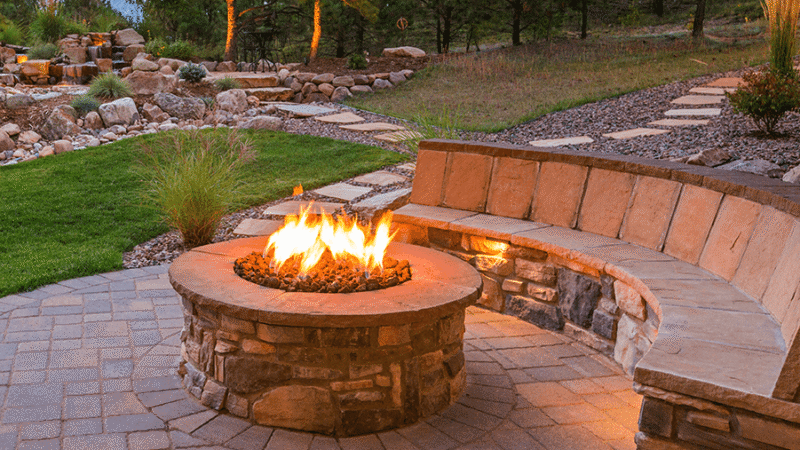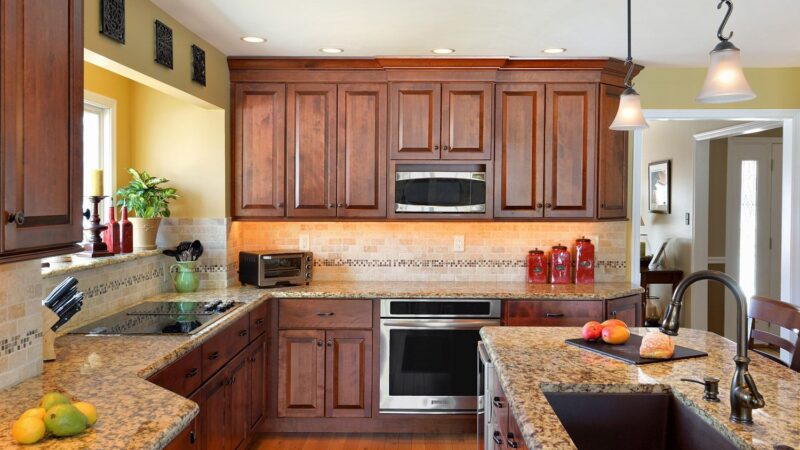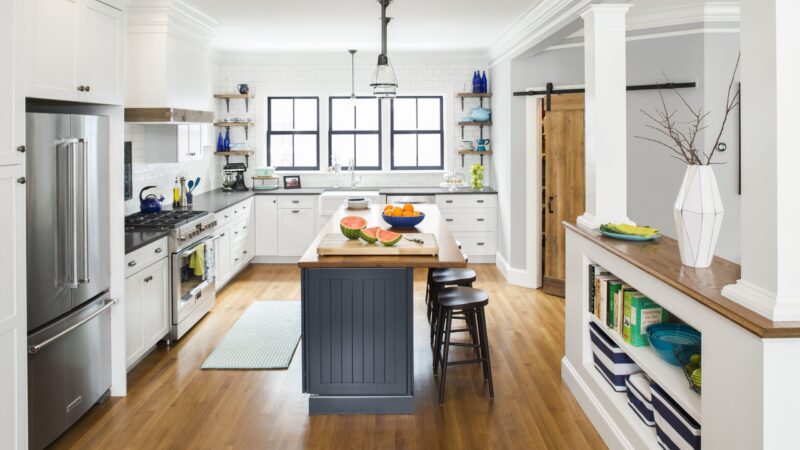Home Renovation: Planning, Budgeting, and Bringing Your Vision to Life
Home renovation can breathe new life into a property, elevating its comfort, style, and resale value. Whether you’re upgrading a single room or embarking on a whole-house overhaul, the process involves far more than picking paint colors. Thoughtful planning, realistic budgeting, and savvy project management are essential to achieve the results you want without unnecessary stress. Here’s a comprehensive guide—roughly 700 words—to help you navigate your next remodel with confidence.
1. Clarify Your Goals
Before calling a contractor or swinging a hammer, define why you’re renovating.
- Functionality: Do you need a more open kitchen, extra storage, or a dedicated home office?
- Aesthetics: Are you craving modern finishes, historic charm, or a cohesive color palette?
- Value: Are you remodeling to boost resale potential, or is this your forever home?
Prioritizing goals early helps resolve trade-offs later—especially when the budget tightens or timelines shift.
2. Set a Realistic Budget
A renovation budget must account for more than visible finishes. Include:
- Materials and Labor: Flooring, cabinetry, electrical, plumbing, and skilled trades.
- Permits and Inspections: Costs vary by locality but are mandatory for structural, electrical, and plumbing work.
- Contingency Fund: Allocate 10 – 20 percent for surprises—hidden water damage, outdated wiring, or code upgrades can blow through cash quickly.
- Living Expenses: Will you need temporary housing, storage pods, or frequent take-out meals if your kitchen is offline?
Obtain multiple quotes, read contracts carefully, and beware of bids that seem “too good to be true.” Cheap labor or bargain-basement materials often lead to cost overruns later.
3. Decide DIY vs. Professional
DIY can save money and provide personal satisfaction, but it’s not always the smartest route. Use three questions to decide:
- Safety & Code: Electrical rewiring, structural changes, and gas lines usually require licensed pros.
- Skill Level: Cosmetic painting is beginner-friendly; intricate tilework or fine carpentry may demand professional craftsmanship.
- Time Commitment: Consider the value of your own hours—unfinished DIY projects can linger for months.
A hybrid approach often works best: tackle demolition or painting yourself, but leave specialized work to experts.
4. Create a Detailed Plan and Timeline
Map out each phase:
| Phase | Key Tasks | Typical Duration* |
|---|---|---|
| Pre-Construction | Design, permits, material selection | 2 – 6 weeks |
| Demolition | Tear-outs, debris removal | Several days to 1 week |
| Rough-In | Electrical, plumbing, HVAC adjustments | 1 – 3 weeks |
| Inspections | Municipal checks, approvals | Variable |
| Finishes | Drywall, flooring, cabinets, paint | 2 – 6 weeks |
| Punch List | Fix minor issues, final clean | 1 week |
5. Hire the Right Professionals
Choosing the right team is essential to making your renovation successful and stress-free. Depending on the scope of your project, you may need:
- General contractors
- Architects or designers
- Electricians, plumbers, or HVAC specialists
- Carpenters or flooring installers
Look for licensed, insured professionals with positive reviews and portfolios of past work. Ask for references and verify credentials. A good contractor will communicate clearly, provide a detailed estimate, and keep your project on track.
6. Get the Necessary Permits
Many home renovation projects—especially those involving structural changes, plumbing, or electrical work—require permits from your local building department. Skipping this step can lead to fines, delays, or issues when selling your home in the future.
Your contractor can usually handle the permitting process, but be sure to confirm that all necessary approvals are in place before work begins.
7. Stay Involved During Construction
Once construction starts, stay engaged and communicate regularly with your team. Ask for updates, review progress, and address any issues promptly. If decisions or changes are needed, document everything in writing.
Keep in mind that renovation timelines can shift due to weather, material delays, or unforeseen problems behind the walls. Staying flexible and prepared will help you manage any hiccups.
8. Final Walkthrough and Enjoy Your New Space
Before signing off on the project, do a final walkthrough with your contractor. Check that everything matches your original agreement, works properly, and is finished to your satisfaction. Don’t hesitate to speak up about anything that needs adjusting or fixing.
Once complete, clean the area thoroughly and move back in with a fresh perspective. Whether it’s a new kitchen, an expanded family room, or a spa-like bathroom, take time to enjoy the space you’ve created.
Final Thoughts
A home renovation can be one of the most rewarding investments you make—both financially and emotionally. By taking the time to plan carefully, budget wisely, and work with trusted professionals, you’ll turn your vision into a space that enhances your lifestyle for years to come.
Remember: Renovation doesn’t have to be stressful. With the right approach, it can be a creative, exciting journey that transforms your house into the home of your dreams.






